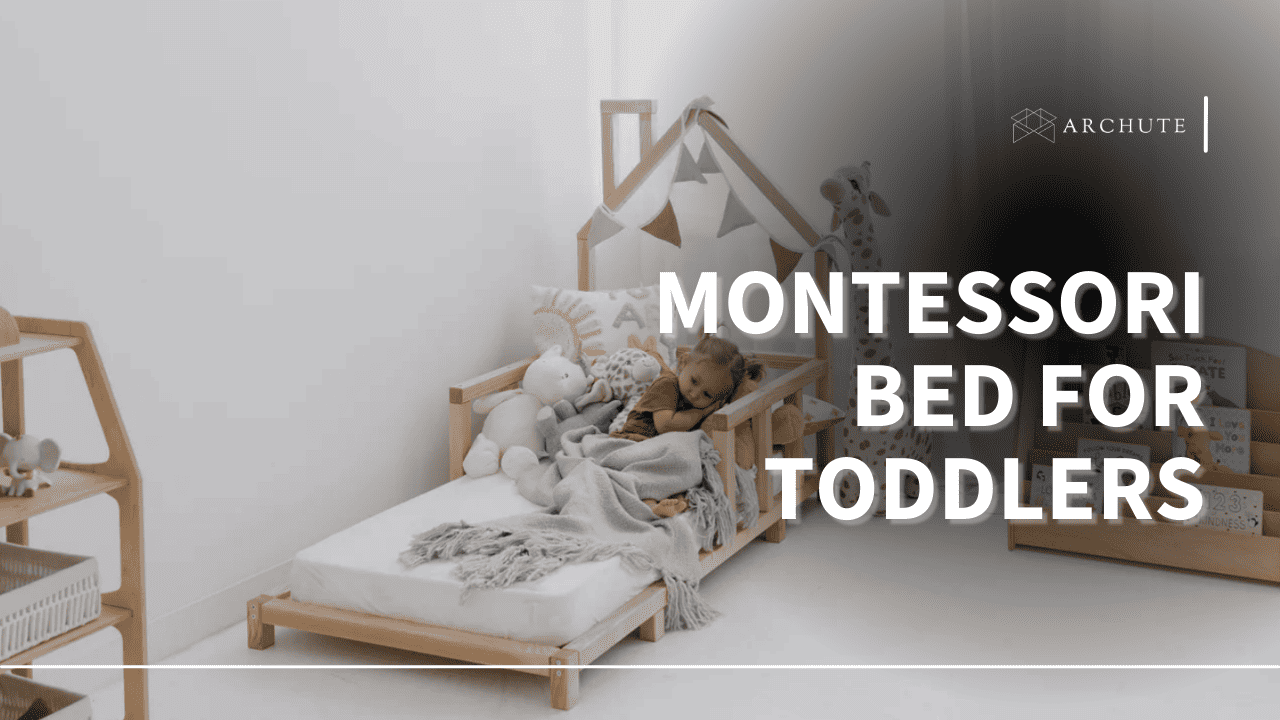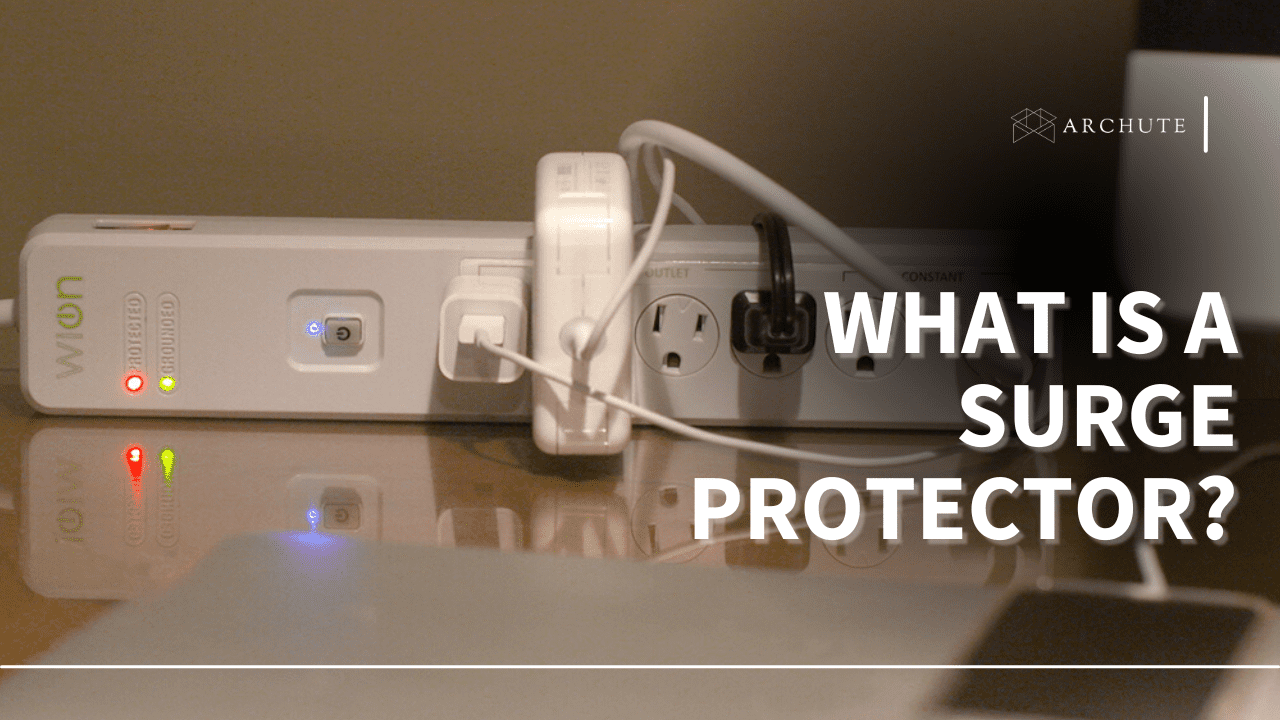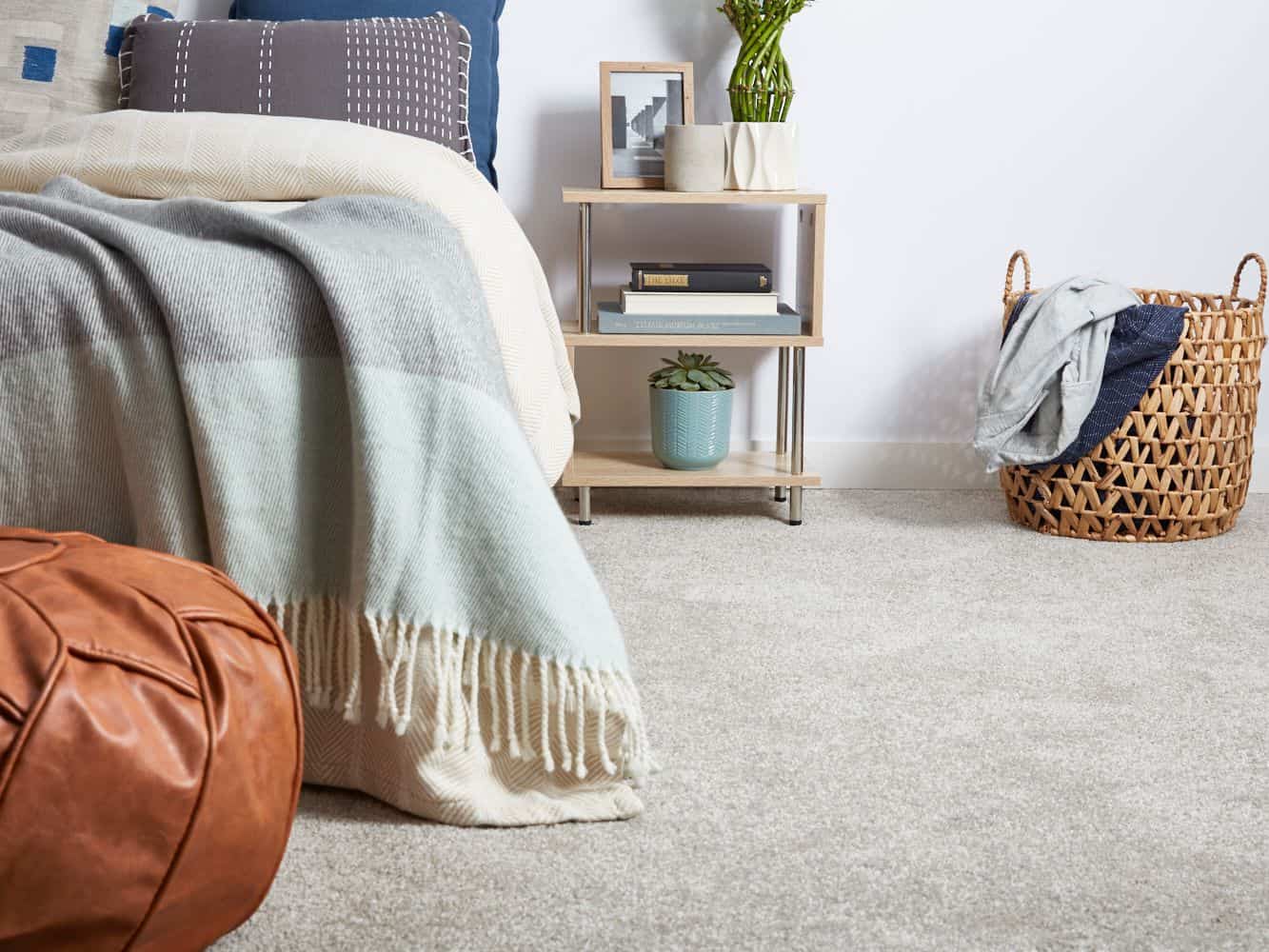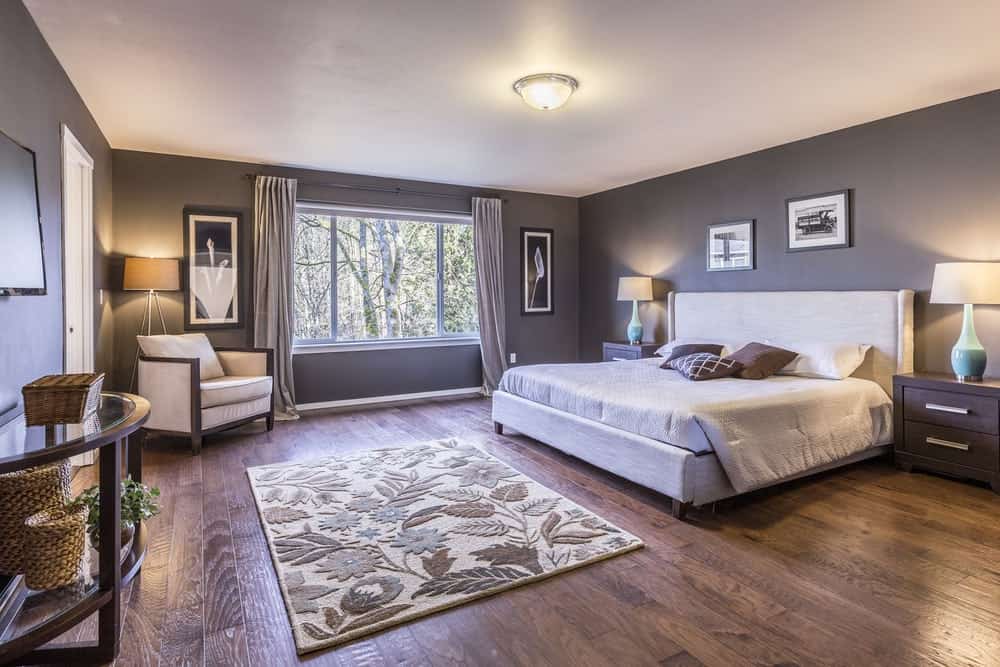Selecting the right Montessori bed for your toddler or preschooler is an important decision that can impact their comfort, development, and sleep for years to come. When looking for a Montessori-style bed, consider your child's age, bedroom dimensions, and budget to find the best fit.
Understanding Principles in Montessori House Bed Design

Montessori Philosophy Overview
Montessori beds adhere to the educational theory introduced by Maria Montessori over a century ago, which emphasizes fostering independence skills based on a child's natural development.
Montessori-style beds, often referred to as floor beds, are meticulously crafted to facilitate freedom of movement, encourage responsibility over personal space, and promote the development of essential skills aligned with a child's physical and psychological growth.
Impact of Montessori Floor Beds on Child’s Learning Environment
Montessori floor beds play a pivotal role in transforming the bedroom into a dynamic learning environment. The right Montessori floor bed turns the bedroom into a springboard for learning. Their simplistic and uncluttered design minimizes distractions, allowing children to focus on exploration and concentration.
Additionally, the mobility of Montessori beds empowers children to rearrange their space according to their evolving interests, fostering a sense of ownership and creativity conducive to optimal learning and restful sleep.
Restful sleep in a space designed to spark exploration feeds curious, active minds ready to absorb classroom lessons the next day. Everything, from reading nooks to under-bed toy storage, enables discovery.
Things to Consider When Choosing the Perfect Montessori Bed for Toddlers and Kids

Image Source: Image by freepik.com
1. Age-Appropriate Design
When choosing a Montessori bed for your toddler, it's essential to opt for a design that caters to their age and developmental stage.
- Newborns and infants - For the first year, a basic crib or bassinet is best to keep the baby safe and secure. Make sure the Montessori floor bed for kids meets safety standards and offers adjustability for easy access as the baby grows.
- Toddlers (1-3 years) - At this age, transitioning to a floor mattress or low toddler bed encourages independence and freedom of movement. Opt for simple, low-profile floor beds with rails without distracting colors or decorations.
- Preschoolers (3-6 years) - Continue nurturing independence with an age-appropriate "big kid" bed, adding a guard rail for safety. Look for durable wood house bed frames sized for growth spurts down the road.
2. Getting the Right Toddler Bed Size
Consider the dimensions of the bed, whether it is a twin size floor bed or any other, taking into account your toddler's size and the available space in their room. Note ceiling height, window and door placements, and existing furniture layouts.
Map out potential spots where a Montessori cot could be positioned. Leave ample space around three sides of the bed for easy access—at least 30 inches is ideal, with safety rails no higher than 20 inches. Choose the best bed frame with the capacity to accommodate a longer mattress in the future. Opt for a twin bed over full to double up later on.
3. Budget Considerations
Safety should be the top priority when allocating a budget for a Montessori bed. Spend money on good mattresses and safe, non-toxic paints or finishes that meet safety standards, all without overspending. Sustainably sourced solid wood makes durable, stable frames tailored to a child's needs over 10+ years.
The extra cost pays future dividends. Seek out simplicity in design—painted pine or maple suits Montessori principles beautifully without fancy, price-inflating carvings. Neutral colors also stand the test of time. Comparison shop independent stores specializing in children's furniture alongside online listings for the best deals on hand-crafted pieces.
4. Accommodating Interests
Cozy corners with low shelving or even a canopy over the sleepers help delineate a special book nook for introverted kids who enjoy reading. Clear plastic storage tubs under the cot can double as toy boxes or a playhouse with LED rope lights and soft rugs making for whimsical forts beneath the mattress.
Mount a chalk or dry-erase board within reach to encourage creativity through art and writing. Stock caddies right at the bedside overflowing with craft supplies ready for their next creation. Opt for wheeled casters or modular furniture to allow flexibility in rearranging items to accommodate shifting interests.
5. Safety and Health Considerations

Image Source: pexels.com/Curtis Adams
Prioritize safety features such as a Montessori bed with rails, a toddler floor bed with fence rounded edges, a twin floor bed with a slat, a Montessori toddler bed with non-toxic materials, and a floor bed frame with sturdy construction. Look for certifications indicating compliance with safety standards and regulations.
a) Health Benefits
Properly supporting a growing child's body during sleep prevents orthopedic issues later on. Montessori mattresses appropriately cradle the spine's natural curves while minimizing partner disturbance. Breathable materials provide better airflow and cooling for sounder sleep. Sturdy guardrails keep children of all ages safely resting through the night without risk of falls.
b)Certifications to Look For
Seek out OEKO-TEX labels signaling materials tested free from concerning chemicals. Greenguard Gold certification indicates low emissions for healthier indoor air quality. For mattresses and bedding, CertiPUR-US program seals validate durability along with no ozone-depleting substances or toxicants like mercury or lead.
Additionally, the Juvenile Products Manufacturers Association offers safety standards specially tailored for cribs and children's furniture items. Adhering to such protocols ensures parents invest in beds designed with their little ones’ well-being in mind.
6. Customization and Personal Touch
Involve your toddler in the decision-making process to foster a sense of ownership and independence. Incorporate personal elements such as bedding or decor. Consider a canopy bed, loft bed, or bunk bed to create a space that reflects their personality.
a) Adding Personal Elements
While neutral colors suit Montessori design principles, dashes of self-expression personalize the space. Opt for whimsical sheets or duvet covers printed with animals, shapes, letters, or numbers meaningful to your child. Frame favorite family photos on the wall within viewing reach. Arrange stuffed animals, reading pillows, and textured blankets to create a cozy retreat welcoming your little one each night.
b) Involving Your Child in the Choice
Empower children to have a say in selecting their new bed for an added sense of independence, responsibility, and pride. Narrow options to 2-3 appropriate choices then have them decide on colors, storage needs, and decorative elements like curtains or wall hooks to hold prized possessions within reach.
Giving them ownership over personalized details helps children emotionally connect to the new sleepers and space so rest comes easier. Display their meaningful art above eye level to fully make it their own.
Final Prep Before Purchase

Image Source: pexels.com/Curtis Adams
Before finalizing your purchase, here are some important things you should consider;
- Inspect craftsmanship – Test joints for stability, and finishes for smooth edges safe for children. Check mattress support and frame balance.
- Understand warranties – Warranties should span 1-10+ years covering the frame, hardware, and moving parts against defects. Quiz manufacturers on care recommendations and where parts are sourced.
- Check reviews- Consider reading reviews from other parents to gain insights into the quality and performance of the bed.
The Right Montessori Bed Saves Time and Money
Investing in the perfect Montessori bed for your toddler can yield long-term benefits in terms of fostering independence, promoting healthy sleep habits, and creating a personalized sleeping environment. Selecting a purposefully designed house bed made for a child's self-development saves parents from frequent furniture upgrades.
An adaptable frame that truly grows with kids from toddler to teen years delivers better long-term value. With the freedom to move and explore in a safe and comfortable space, your toddler can embark on a journey of self-discovery and growth within their own bedroom.
By considering factors such as age-appropriate design, safety considerations, and personalization options, you can select the perfect Montessori bed that meets your child's needs and preferences. Planning dimensions, safety guidelines, and budget ahead of purchase results in the perfect cot match.
Embrace the principles of the Montessori philosophy and empower your toddler to thrive in their own space.
















